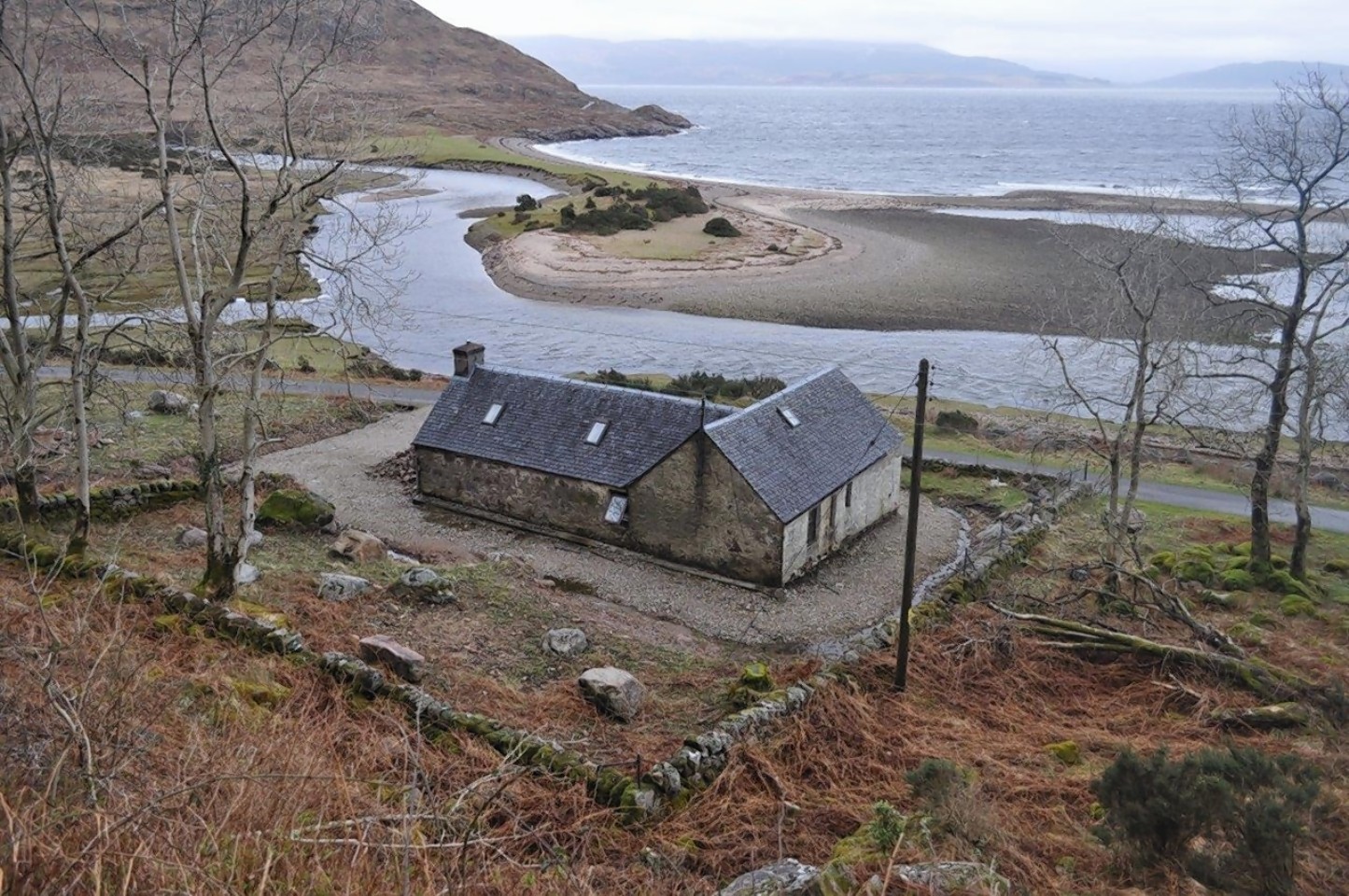The owner of a former schoolhouse that is believed to have been visited by famous Scottish novelist Robert Louis Stevenson has defended plans to demolish the building.
Susan Larson, who is a partner in Kingairloch Estate, said the property – which is mentioned in Stevenson’s novel Kidnapped – is beyond repair and will have to be knocked down and replaced with a modern two-bedroom cottage of a similar design for renting to visitors.
It is believed that the author stayed at the old schoolhouse at Camusnacroise, Kingairloch, in Ardgour while researching the book, which was published in 1886.
The estate has applied for planning permission to carry out the work, but local people claim the property – in a picturesque setting on the shores of Loch Linnhe – is of historical and cultural importance and they are desperate to stop consent being given.
They are insisting that the original building should be retained and restored.
However, Ms Larson said a feasibility study on the future of the structure had shown it was beyond saving.
She said: “The cottage has shown extreme damp, so we undertook the removal of several tonnes of soil which had built up around the property over many years.
“We also found water ran off the B8043 down the bank, into the back of the cottage and out of the front door. Remedial action was taken to divert the burn, so now this will need constant monitoring.”
She added that the harling on the exterior was very loose and unsafe in several areas and said removing the harling had revealed “several severe horizontal and vertical cracks and stonework of a poor standard”.
And she pointed out that the cottage was built on a raised beach without any sound footings.
Ms Larson said: “The lack in foundations significantly contributed to the many cracks found in the walls.
“And the interior of the property has had many attempts made to improve dryness, principally raising and installing a concrete floor and wood lining the walls.”
Ms Larson added that the family was well aware of the Stevenson connection, but pointed out that Historic Scotland had said the building was not of any particular significance.
She added that they needed to diversify to ensure the future of the estate, which currently employs four full-time members of staff and six seasonal employees.
She said: “Kingairloch is a wonderful place and we welcome visitors all year round.
“To share this piece of heaven with walkers, cyclists, car drivers, yachtsmen, sportsmen and food lovers gives myself and my family so much pleasure.”
